Lesser-known species group tops mariculture output
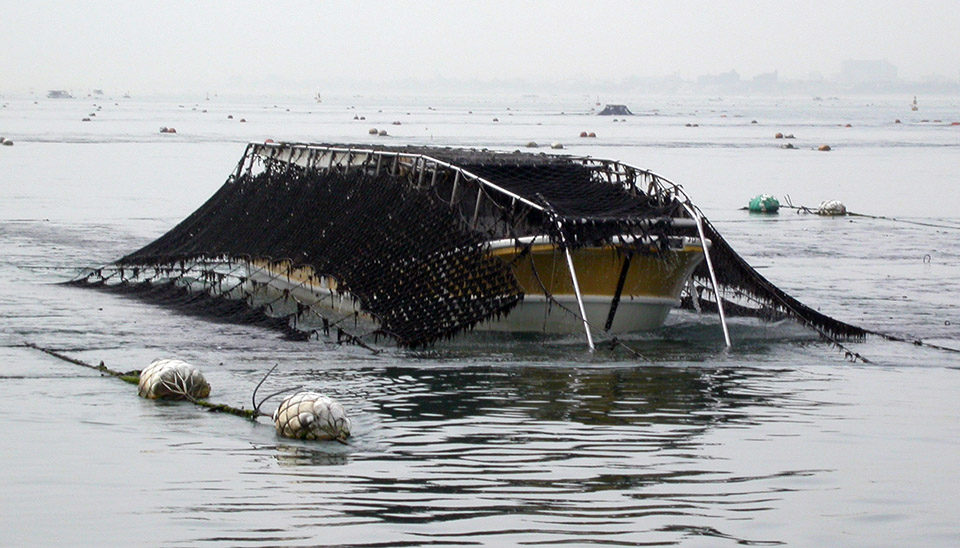
Seaweeds belong to one of the less known and appreciated groups of marine organisms on this planet, while playing key roles in Earth processes and being the largest mariculture crop. They are used in many diverse applications, making them part of our everyday lives.
You may start your day with seaweeds in your orange juice, where a microscopic mesh of carrageenans extracted from red seaweeds keeps the pulp in suspension. You may also end your day with seaweeds, as your toothpaste would be a liquid without alginates extracted from brown seaweeds.
Roles in nature
Did you know that every second molecule of oxygen we inhale was produced by micro- or macroscopic algae, and every second molecule of carbon dioxide we exhale will be reused by these algae? Algae initiated an irreversible global change that led to the current oxygen-rich atmosphere, and by transferring atmospheric carbon dioxide into organic biomass and sedimentary deposits, they now act as a carbon sink that slows down global warming.
Seaweeds are key primary producers and links in the food webs of coastal and estuarine ecosystems, where they participate naturally in nutrient recycling and waste management. Coral reefs would not have been formed without the help of seaweeds. Many of the white “sandy” beaches in tropical regions are, in fact, made of fine debris of dead, calcified green seaweeds.
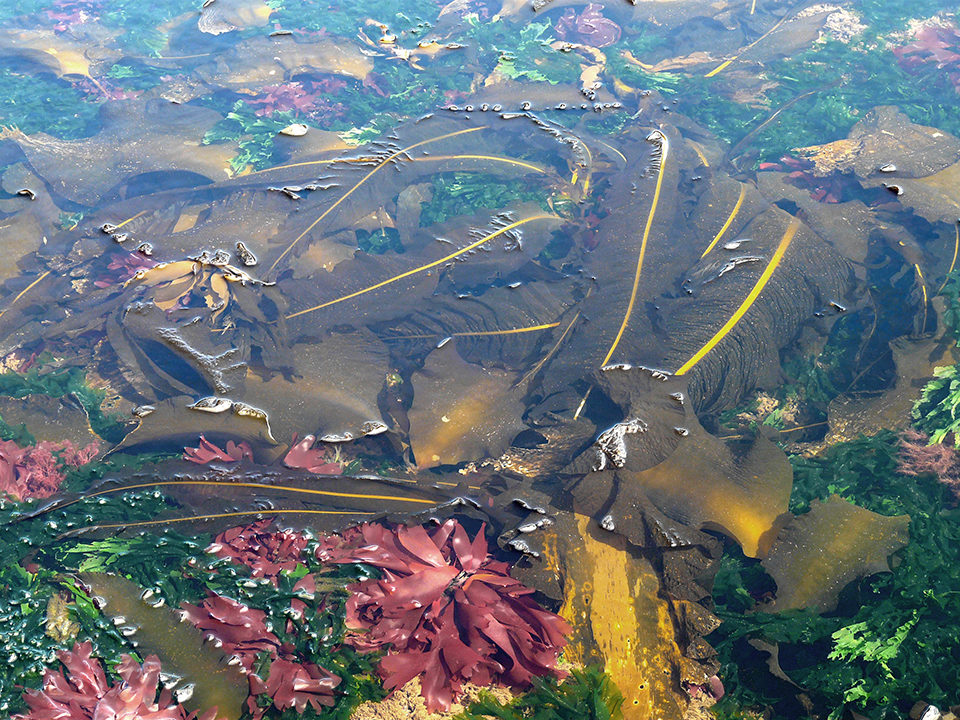
Image issues
Unfortunately, seaweeds are often seen as rather unpleasant organisms. They are very slimy and slippery, and can make swimming or walking along the shore an unpleasant experience.
Seaweeds have also recently attracted media coverage in reports of outbreaks of “green tides” and fouling species, which are considered nuisances. It is important, however, to emphasize that green tides are not the cause, but the consequence of coastal nutrification, which needs to be addressed by long-term integrated coastal zone management.
Seaweeds are…
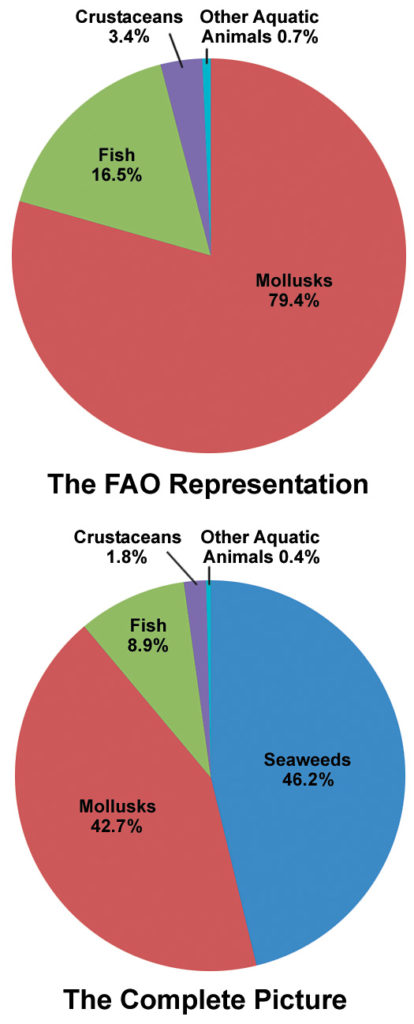
A simple definition of seaweeds is not that simple, because this heterogeneous group is only a fraction of an even less natural assemblage, the “algae.” Algae are a diverse group of organisms that share only a few characteristics. They photosynthesize and provide oxygen. They do not make flowers, and their anatomy is relatively simple, with no roots, stems, leaves or vascular tissues, and simple reproductive structures.
With progress in molecular techniques, we realize this “mixed bag” contains species spread over most kingdoms of organisms, encompassing microscopic microalgae like the unicellular phytoplanktonic forms and macroscopic macroalgae like the giant kelps that grow taller than trees. Algae colonize the oceans, freshwater streams, trees (associated with fungi in lichens), stones, snow in high-altitude glaciers, geothermal sources and even deserts.
The largest of all algae, the giant kelp, Macrocystis pyrifera, can grow to up to 50 m long. One of the fastest-growing organisms on Earth, the kelp can grow as much as 61 cm daily. The smaller sugar kelp, Saccharina latissima, can reach 11 m in length, with a growth rate as high as 2 cm/day. It has been estimated that the primary productivity of seaweed communities is equal to or greater than that of the most productive terrestrial plant communities.
Although often called “marine plants,” not all seaweeds are plants. The most used and cultivated, the brown seaweeds, now belong to the Chromista kingdom. If green and red seaweeds can still be considered plants, they do not have much in common. The well-known green seaweed sea lettuce (Ulva) is closer at the molecular level to a spruce tree than to the well-known red seaweed nori (Porphyra), even if their morphology is very similar, and they are found close to one another on the shore.
Needless to say, the classification of algae is still the source of constant changes and controversies among scientists. The fact that the 36,000 known algae represent only about 17 percent of the existing algal species is a measure of our still-limited knowledge of this group of organisms, despite their key roles on this planet.
One of the key reasons for regularly ignoring seaweeds, even in coastal studies, is the very problem of their identification, as very few people, even among scientists, can identify them correctly. The production of seaweeds has probably been underestimated, since it may approach 10 percent of that of all the phytoplankton. However, that is taking place in 0.1 percent of the area occupied by phytoplankton, and this coastal zone area is crucial.
Seaweed mariculture
There are approximately 10,500 known species of seaweeds. Around 500 have been used for centuries for human food and medicine, directly or indirectly as extracted phycocolloids such as agars, carrageenans and alginates. However, only approximately 220 species of seaweeds are cultivated.
The largest group of organisms cultured at sea is seaweeds. Their production represents 46 percent of the total world mariculture, while fish aquaculture represents only 9 percent. Almost all the 15.8 mmt of cultivated seaweeds – worth U.S. $7.4 billion annually – come from China, Indonesia, the Philippines, Korea and Japan. Unfortunately, seaweeds are systematically short changed in seafood statistics, which tends to limit the Western world’s knowledge of seaweeds (Figure 1).
It is estimated that this year, aquaculture will account for over 50 percent of the world’s consumption of food fish, defined as finfish, crustaceans, mollusks and other aquatic animals for human consumption. About 94 percent of the world seaweed supply presently comes from aquaculture, and seaweeds were the first group of organisms to pass the 50 percent farmed/wild harvest threshold in 1971. This occurred in 1986 for freshwater fish, in 1994 for mollusks, in 1997 for diadromous fishes and in 2010 for crustaceans. Marine fish production is still far from achieving this threshold.
(Editor’s Note: This article was originally published in the May/June 2012 print edition of the Global Aquaculture Advocate.)
Author
-
Dr. Thierry Chopin
University of New Brunswick
Canadian Integrated Multi-Trophic Aquaculture Network
P. O. Box 5050
Saint John, New Brunswick
E2L 4L5 Canada[97,99,46,106,115,98,110,117,64,110,105,112,111,104,99,116]
Tagged With
Related Posts

Responsibility
A look at integrated multi-trophic aquaculture
In integrated multi-trophic aquaculture, farmers combine the cultivation of fed species such as finfish or shrimp with extractive seaweeds, aquatic plants and shellfish and other invertebrates that recapture organic and inorganic particulate nutrients for their growth.

Responsibility
A look at various intensive shrimp farming systems in Asia
The impact of diseases led some Asian shrimp farming countries to develop biofloc and recirculation aquaculture system (RAS) production technologies. Treating incoming water for culture operations and wastewater treatment are biosecurity measures for disease prevention and control.
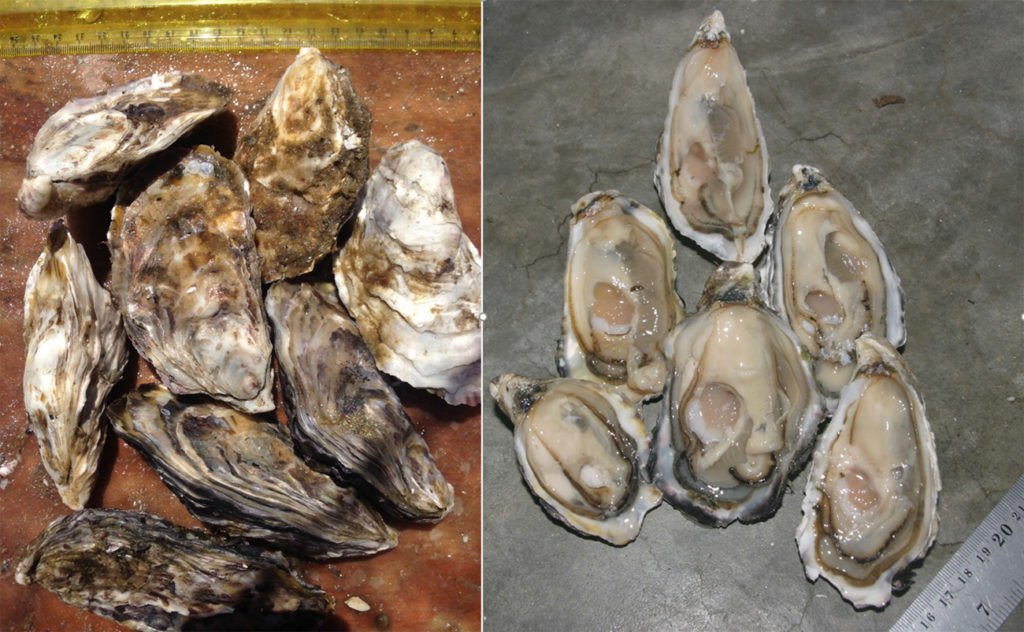
Intelligence
An emerging shellfish farming industry in Namibia
For shellfish farming in Namibia to continue expanding, industry must better comply with approved sanitation standards. The Namibian Shellfish Monitoring and Sanitation Program, currently in development, will help.
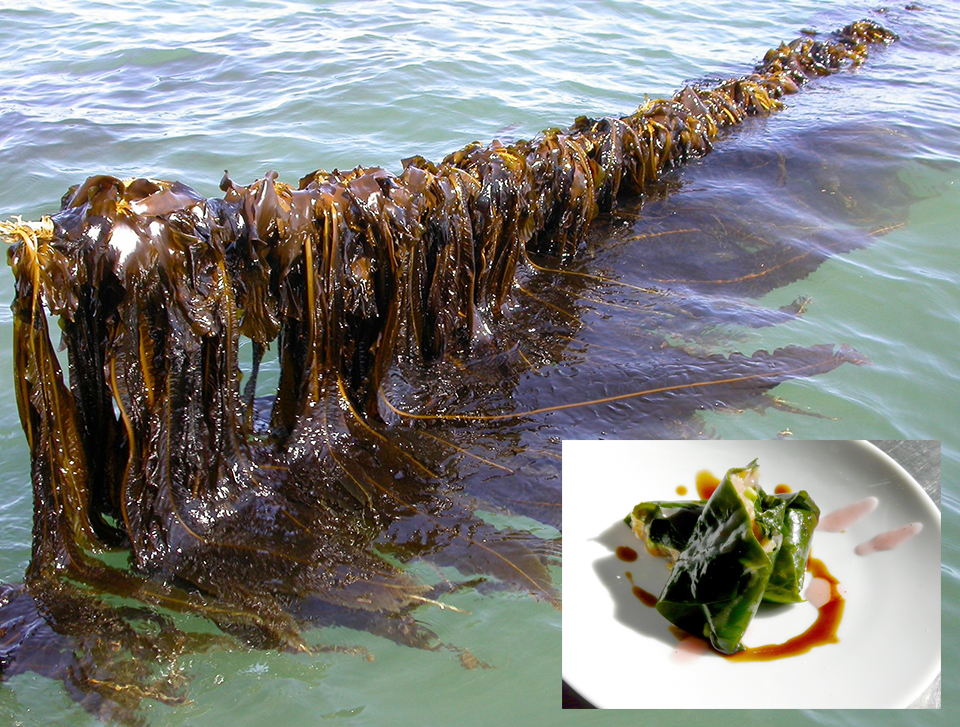
Responsibility
Seaweed aquaculture provides diversified products, key ecosystem functions, part 2
Seaweed remains a relatively untapped resource with potential as edible food, feed ingredients, cosmetics, agrichemicals, biomaterials and bioenergy molecules.


